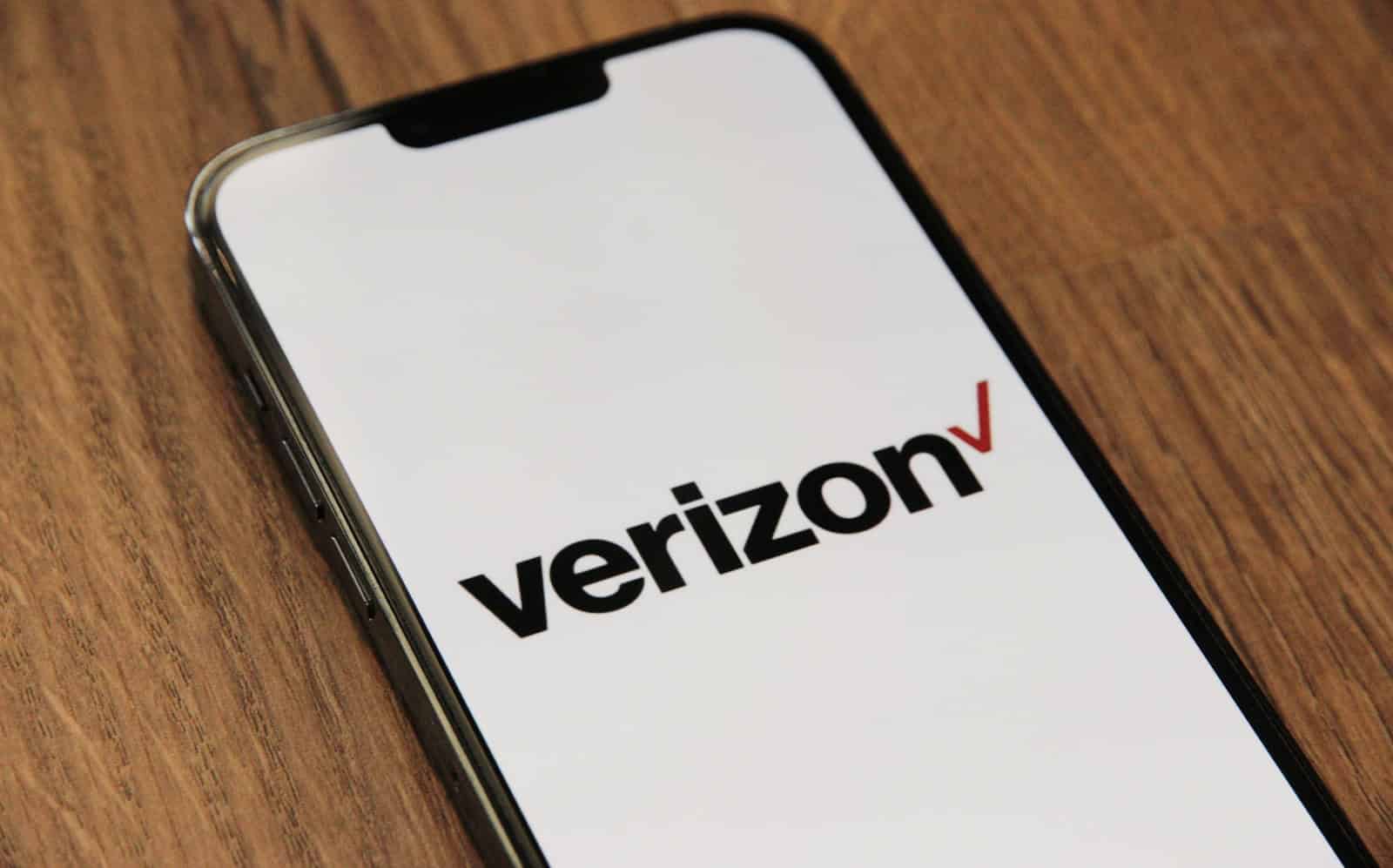Verizon Wireless maintains a reputation for quality service across the United States. Often cited as a benchmark for network reliability and coverage, the carrier’s rates reflect its status in the telecommunications industry. Subscribers to Verizon may notice higher prices compared to other service providers. Several factors contribute to the cost structure, which can affect customer billing.
Among these factors is Verizon’s investment in network infrastructure. They have extensive coverage, with 4G LTE reaching a vast majority of Americans. This level of service requires consistent investment in technology and maintenance, which can lead to higher operational costs. Price adjustments, such as the announced increase of $4 per line for some unlimited plans in March 2024, aim to encourage customers to transition to newer plans. These recent plans often include additional benefits related to entertainment and online shopping, providing more value beyond pure connectivity.
Customers seek explanations for the high costs associated with Verizon’s services. It is clear that the company tries to balance network upkeep and expansion with pricing that keeps them competitive while still aiming to lead the market. With these considerations in mind, the rationale behind the company’s pricing strategy becomes more evident.
Why Is Verizon So Expensive?
Analyzing the Costs of the Most Premium Provider
Verizon has long been known as the most premium—and most expensive—wireless carrier in the U.S. While competitors like T-Mobile and AT&T often advertise cheaper unlimited plans, Verizon consistently charges more. But why? Let’s break down the main reasons behind Verizon’s higher prices.
1. 🗺️ Industry-Leading Coverage & Reliability
- Verizon is widely regarded as having the most extensive and reliable network in the U.S.
- Their 4G LTE and 5G Ultra Wideband coverage reach more rural and remote areas than most competitors.
- Building and maintaining this infrastructure costs billions, which gets passed on to customers (source: MarketingScoop).
2. ⚡ Advanced 5G Technology
- Verizon invests heavily in 5G Ultra Wideband, which requires dense networks of small cell towers and advanced spectrum licenses.
- These upgrades cost significantly more than traditional 4G towers, making Verizon’s network one of the most expensive to maintain (source: The Gadget Buyer).
3. 📞 Premium Customer Support & Services
- Verizon offers 24/7 customer support, in-store assistance, and a reputation for strong problem resolution.
- Competitors often cut costs by reducing customer service quality, but Verizon positions itself as the “premium” option.
4. 📱 Device Pricing & Fewer Discounts
- Verizon phones are often more expensive upfront, with fewer aggressive discounts compared to T-Mobile or AT&T.
- They focus on long-term service revenue instead of short-term device deals.
5. 🎁 Extra Perks & Bundles
- Many Verizon plans include streaming perks (Disney+, Hulu, ESPN+, Apple Music trials, etc.).
- While these add value, they also justify higher monthly fees.
6. 💵 Fees & Surcharges
- Verizon is known for extra line fees, upgrade fees, and administrative surcharges.
- These hidden costs can add $10–20 per line per month, making bills noticeably higher (source: World-Wire).
7. 🏢 Brand Positioning as “Premium”
- Verizon markets itself as the “best network”, and customers pay for that reputation.
- Even if competitors catch up in coverage, Verizon maintains higher pricing to reinforce its premium image.
📊 Verizon vs. Competitors (2025 Snapshot)
| Carrier | Unlimited Plan (Single Line) | Key Strength |
|---|---|---|
| Verizon | ~$90–100/mo | Best coverage & reliability |
| AT&T | ~$75–85/mo | Strong balance of coverage & perks |
| T-Mobile | ~$70–80/mo | Best value & international perks |
(Prices vary by region and promotions.)
✅ Bottom Line
Verizon is expensive because it’s selling more than just cell service—it’s selling reliability, premium perks, and nationwide coverage. For those who need the best possible signal anywhere in the U.S., Verizon justifies its higher costs. But if you live in an urban area with strong T-Mobile or AT&T coverage, you could save significantly by switching.
Key Takeaways
- Verizon is known for high-quality service and nationwide coverage.
- The company’s pricing reflects its investment in network infrastructure and technology.
- Verizon encourages customers to choose newer plans that offer additional benefits.
Understanding Verizon’s Pricing
Verizon’s high cost is often tied to their wide network coverage and advanced technology. Customers find value in reliable service and bundled content offers.
Network Quality and Coverage
Verizon provides extensive coverage, especially in remote areas where other carriers may not reach. They have been a leader in rolling out 5G service, including the faster 5G Ultra Wideband. These services allow customers to use their smartphones in more places and enjoy speedy internet on the go.
Plan Structures and Content Bundling
Verizon’s unlimited plans are not just about data. They come with extras like streaming services. For example, some plans include Disney+ and Hulu. This adds value but also increases the price compared to basic data plans.
Technology and Infrastructure Investments
Building a robust network isn’t cheap. Verizon invests heavily in their infrastructure. This includes the cost of acquiring wireless spectrum and upgrading equipment for the latest technology like 5G. These investments are necessary to maintain service quality but contribute to higher consumer costs.
Comparative Costs with Competitors
Verizon’s prices are higher when compared to some competitors. However, people often choose Verizon for its network reliability and coverage. Cost-conscious consumers have options with other carriers, but they might not get the same level of service or coverage that Verizon offers.







